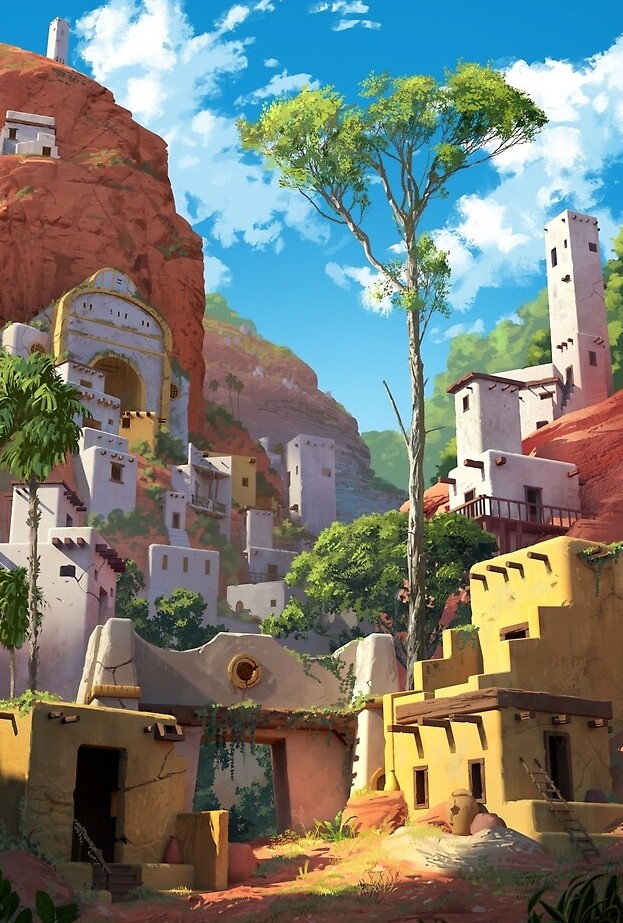Abkhazia
Abkhazia is a maritime Ilayet of the Ottoman Empire, located below the Caucasian mountains. It's bounded on the west by the Black Sea, north by Kubanistan, east by Circassia and Imeritia, and southeast by Mingrelia. It has an area of 3,346 sq.m, with a population of Abkhazians, Georgians, Armenians and Greeks.
The Beylerbey, or governor, has his residence in Sebastopolis, a Black Sea port city. Population of the Ilayet (c.1650), 197,310.
History
Founded by Milesian Greeks who came to the region called Colchis in the 6th to 5th centuries BC. The most important centre was Dioscurias, named for the twins Castor and Pollux of classical mythology; it would be continuously occupied 2,200 years, becoming Sebastopolis. By the 1st century, the inhabitants became famous for piracy and the trading of slaves. Conquered by Mithridates VI in the 1st century BC, then taken by Pompey and made a part of the Roman Empire.
It would become part of a breakaway kingdom, Lazica, from the 3rd to the 7th centuries AD, at which time much of the kingdom would fall to the Muslims. Over the next hundred years, Abkhazia successfully stood its ground, repelling the Arab occupation and forming the Kingdom of Abkhazia after 780. It would be folded into the Kingdom of Georgia in the early 11th century, of which it was a part through Mongol Invasions, the Black Death and pressure from Trebizond and the Ottoman Empire. Once again, Abkhazia would enjoy a brief period of autonomy until the Turks overran the region in the 1570s.
Trade
Sebastopolis is the Iliyet's only market, with far less importance than Phasis or Vati to the south. The market handles significant amounts of soft coal5R from the area around Tkvarcheli in the east. Foodstuffs include snuff, dried fruit and meat. The Caucasus slopes are covered with forests containing fir, beech, boxwood2R and chestnut. Considerable herding of livestock4R goes on; rabbits are raised in large numbers.
The littoral along the sea is highly suitable for cereals2R, barley, maize, wheat, castor beans, soybeans and sunflower seeds. The region is an important producer of tobacco2R.
